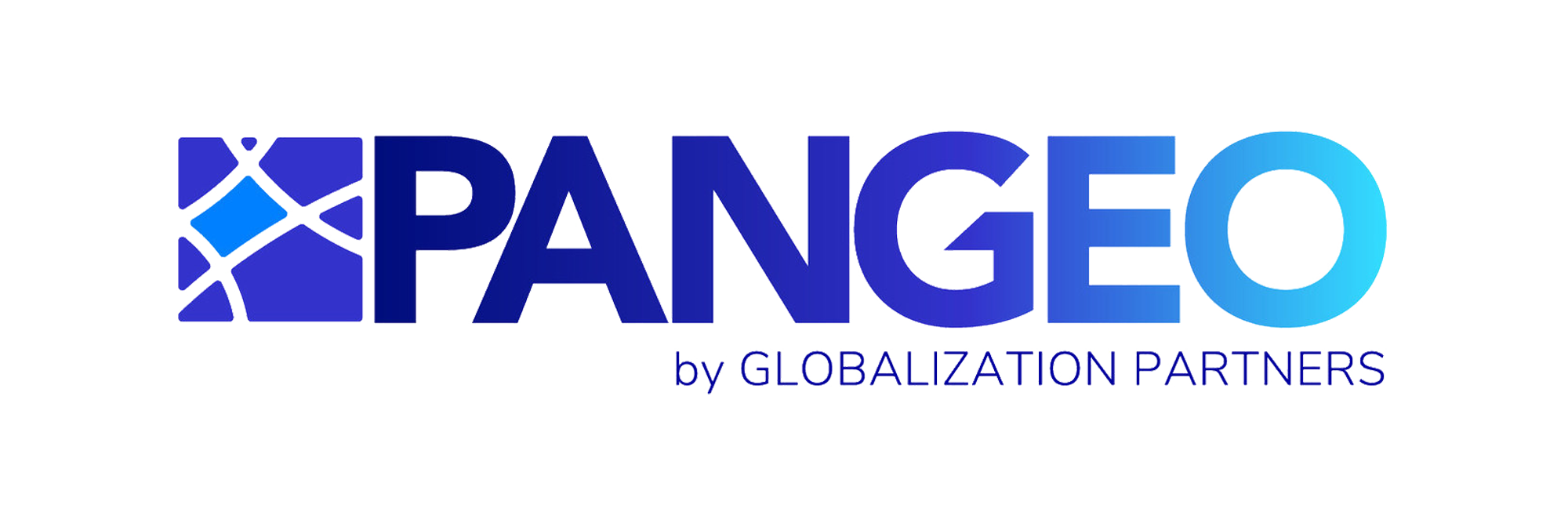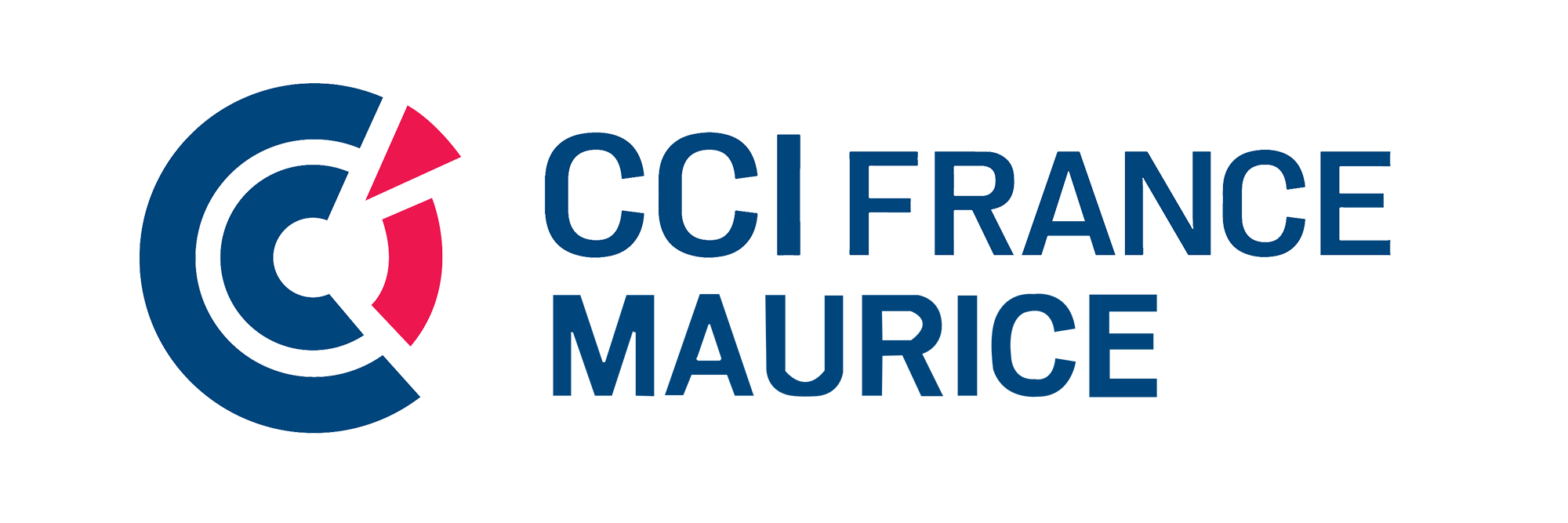Every company seeks to improve efficiency while optimizing costs. Outsourcing, once seen as a strategy reserved for large multinationals, has now become an essential lever for small and medium-sized enterprises (SMEs) and startups alike. Beyond reducing expenses, it provides access to qualified talent, allows greater flexibility, and strengthens innovation capabilities.
What if you could save up to 40% of your operational expenses without compromising quality? That’s exactly what outsourcing makes possible.
Outsourcing: More Than Just Cost Reduction
When people think of outsourcing, the first idea that comes to mind is saving money. Indeed, studies show that companies can reduce up to 40% of their costs by entrusting certain functions to specialized providers.
But limiting outsourcing to a simple cost-cutting strategy would be reductive. It also offers:
Direct access to skilled talent worldwide.
Organizational flexibility, enabling you to scale resources according to demand.
Improved productivity, thanks to experts focused on specific tasks.
Refocusing on your core business, by delegating time-consuming functions.
In short, outsourcing is both a growth accelerator and a cost-saving lever.
Which Services to Outsource to Maximize Savings?
Not all business functions are suitable for outsourcing. Some require close proximity to the core business, internal culture, or strategic confidentiality. However, other areas offer huge potential for cost reduction and performance improvement when entrusted to specialized partners. Here are the most strategic services to outsource in 2025:
1. Customer Support and Call Centers
Outsourcing customer relations is now one of the most common choices. A provider can ensure 24/7 service, with multilingual teams ready to respond to your customers’ needs at any time.
Savings: 40–60% reduction in labor and infrastructure costs.
Strategic advantage: Better customer experience through quick responses, personalized follow-up, and flexibility during peak periods (e.g., sales, product launches).
Example: A European SME can manage its customer support from Francophone or Anglophone Africa, accessing diverse language skills without needing large internal teams.
2. Accounting and Finance
Accounting and finance functions represent a significant expense for any business. Tasks such as payroll management, invoicing, bookkeeping, and tax preparation can be handled by external experts.
Savings: Up to 50% by avoiding the costs of large internal teams.
Strategic advantage: Access to updated expertise in tax and legal compliance while reducing costly errors.
Example: A fast-growing startup can outsource payroll to avoid hiring a full internal HR department while remaining fully compliant with local and international regulations.
3. IT and Web Development
IT is probably one of the most promising areas for outsourcing. From mobile app creation and website development to cybersecurity and maintenance, outsourcing allows access to specialized talent.
Savings: 30–70% compared to hiring local expert IT profiles.
Strategic advantage: Stay up to date on the latest technologies without bearing the costs of internal training or struggling to recruit rare profiles.
Example: A company wanting custom software can rely on an outsourced team of full-stack developers and UX/UI experts, available on demand.
4. Digital Marketing
Marketing is essential to remain competitive in a constantly evolving digital environment. Managing SEO, social media, online advertising, and content creation effectively requires time and specialized resources.
Savings: Up to 50% compared to a full internal marketing team.
Strategic advantage: Achieve rapid results with specialists ready to optimize campaigns and generate qualified leads.
Example: An SME aiming to increase online visibility can outsource its Google Ads or Facebook Ads campaigns, benefiting from precise analytics and optimized ROI.
5. Human Resources and Recruitment
Recruitment remains one of the biggest challenges for companies. Finding, evaluating, and integrating the right talent takes time and significant resources. Outsourcing this function to a specialized provider reduces hiring costs while ensuring better access to talent.
Savings: Up to 40% reduction in sourcing, training, and turnover costs.
Strategic advantage: Access to an international talent pool, flexible workforce management, and optimized onboarding time.
Example: A company aiming to quickly build a sales team for international expansion can outsource recruitment and obtain qualified profiles within weeks.
Outsourcing is not just about reducing costs. It is also a strategic lever to access rare skills, improve operational efficiency, and focus on what matters most: your core business and growth.
Why Outsourcing Can Reduce Your Expenses So Significantly
Financial advantage: up to 40% savings
Salary differences: In some countries, employees with the same skills cost two to three times less.
Reduced social and administrative charges: Providers handle these aspects.
Less infrastructure to manage: No need to expand offices or invest in additional equipment.
Increased productivity: Outsourced teams are specialized and immediately operational.
Result: A company that outsources properly can save up to 40% of costs while gaining in performance.
Outsourcing Without Losing Quality: It’s Possible
Many companies hesitate to take the leap for fear of declining quality. Yet, with a reliable partner, the opposite happens.
Providers live by their expertise: their reputation directly depends on the quality of services delivered.
Performance indicators (KPIs) are implemented to ensure rigorous monitoring.
Digital communication (video calls, instant messaging, collaborative tools) makes management as smooth as with an internal team.
SMEs and Startups: The Biggest Winners
While multinationals once dominated the outsourcing market, SMEs and startups now benefit the most.
Lower fixed costs: Avoid heavy upfront investments.
Direct access to experts without local recruitment.
Competitive advantage against more established competitors.
A young company can thus expand internationally much faster with ready-to-deploy outsourced teams.
Risks of Outsourcing (And How to Avoid Them)
Like any strategy, outsourcing has risks:
Time zone or cultural differences can complicate communication.
Loss of control if monitoring is poorly organized.
Variable quality depending on the provider.
These risks are largely avoidable with the right partner. The key is to define clear objectives, implement monitoring tools, and select a provider who shares your values.
Key Steps for Successful Outsourcing
Identify your real needs: which tasks are too costly or time-consuming?
Define your goals: cost reduction, service improvement, flexibility…
Choose a reliable provider: experienced, referenced, and reputable.
Set KPIs: response time, quality, productivity.
Communicate regularly to ensure alignment with expectations.
The Future of Outsourcing: A Lasting Strategic Advantage
Outsourcing is no longer just an option it is a necessity in a globalized and highly competitive market. It transforms companies into more agile, competitive, and innovative organizations.
With the rise of remote work and increasing digitalization, the use of specialized providers will continue to grow in the coming years. Those who adapt and leverage this opportunity will have a clear edge over competitors.
Your company now has a unique opportunity: to reduce up to 40% of costs while accessing high-level skills and strengthening competitiveness.
Rather than managing everything internally, choose to outsource intelligently. You will not only gain efficiency but also give your organization the means to focus on what truly matters: growth and your customers.














